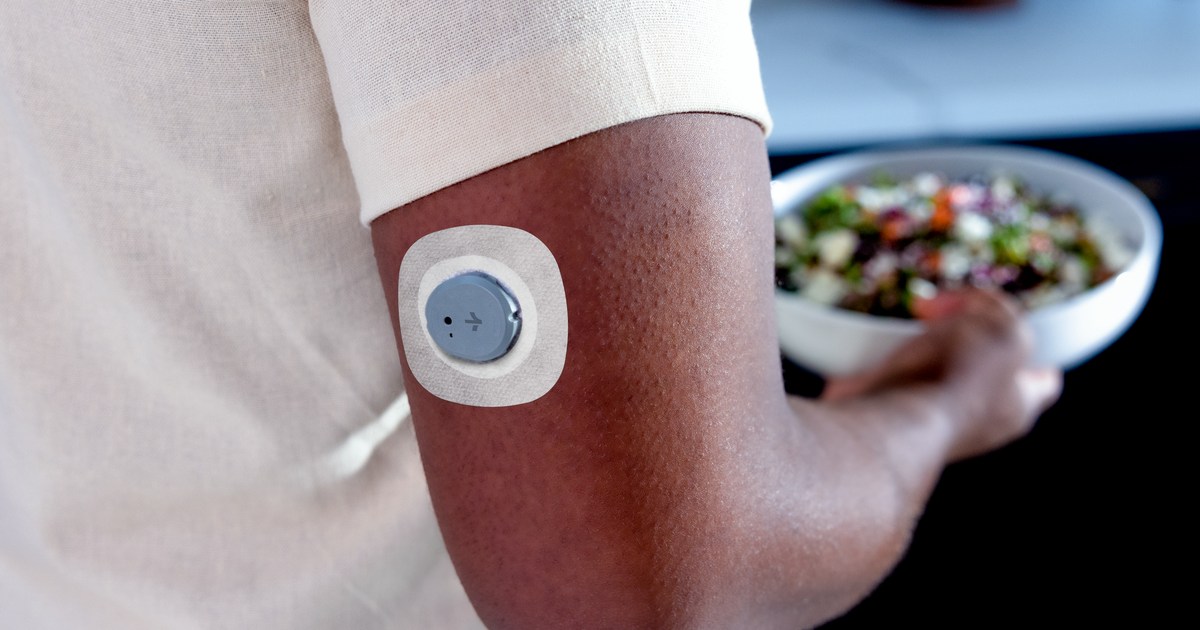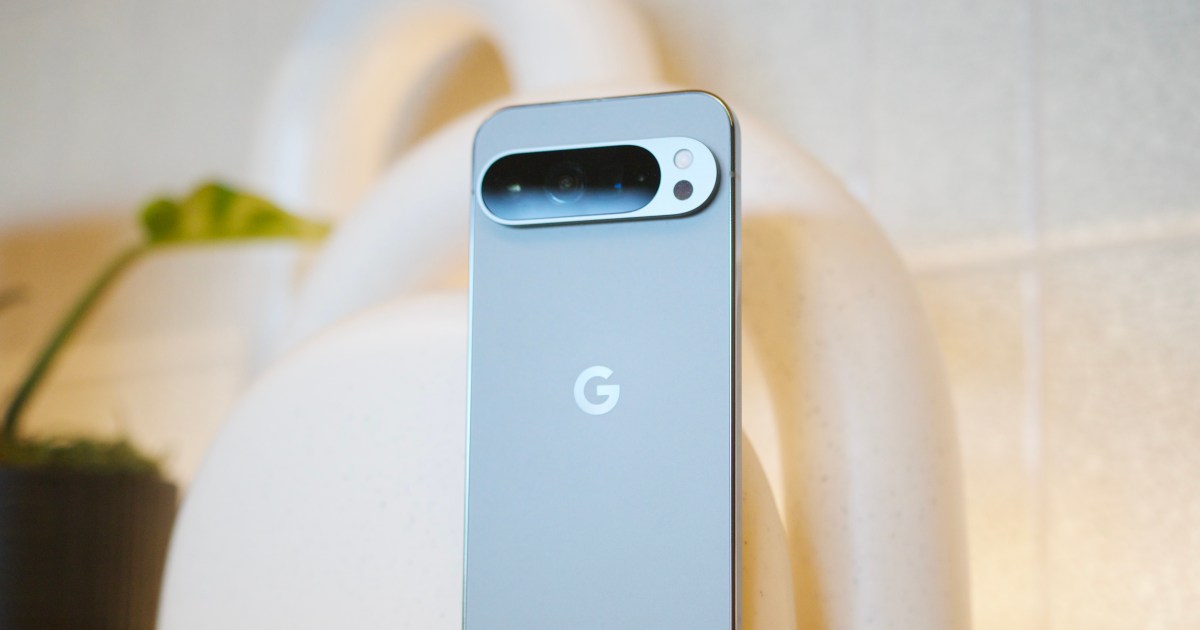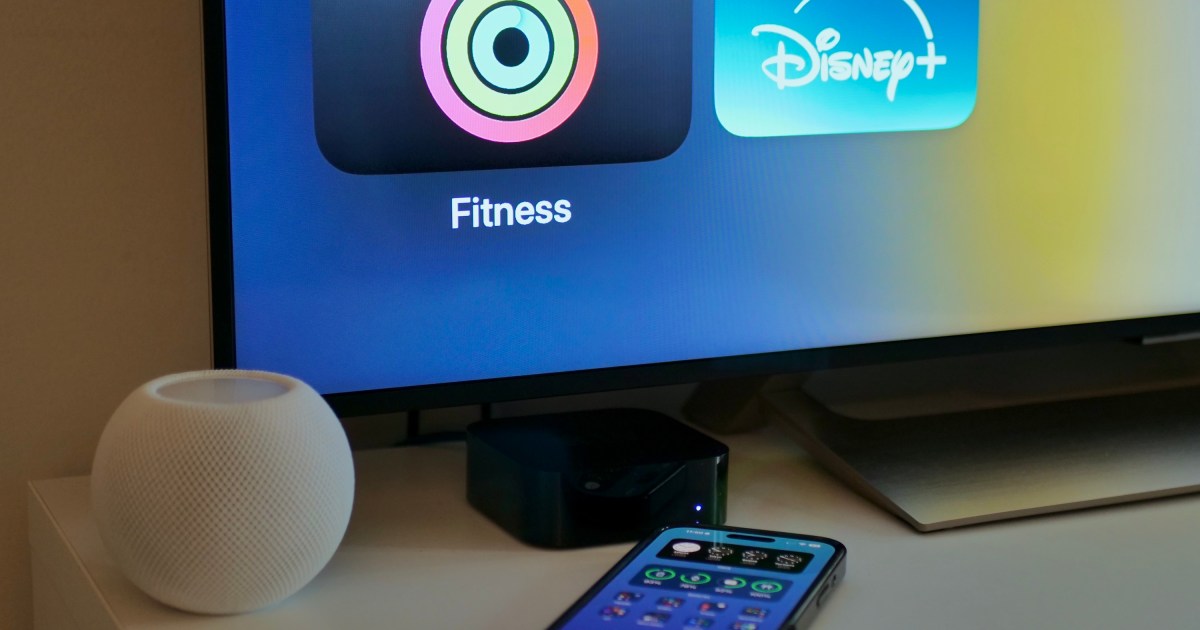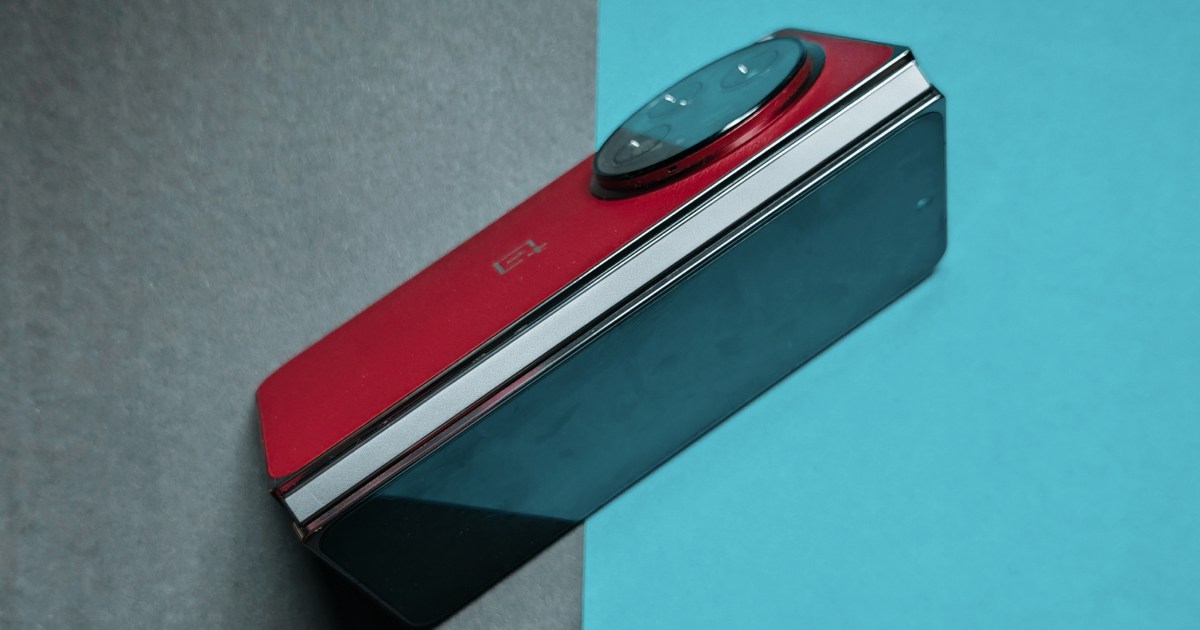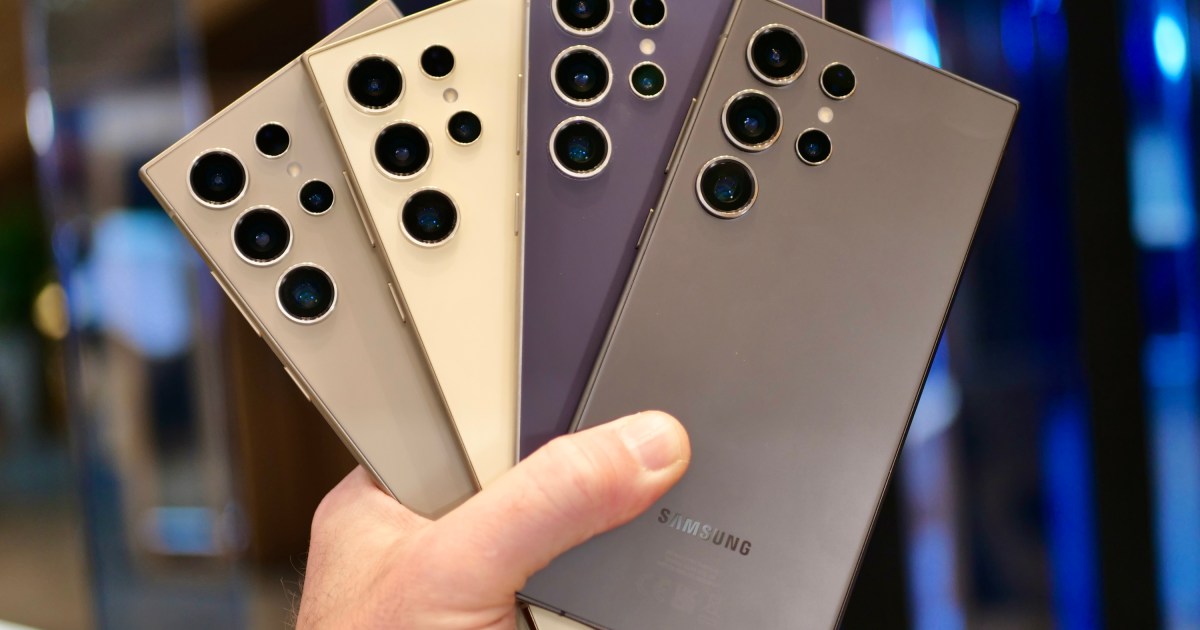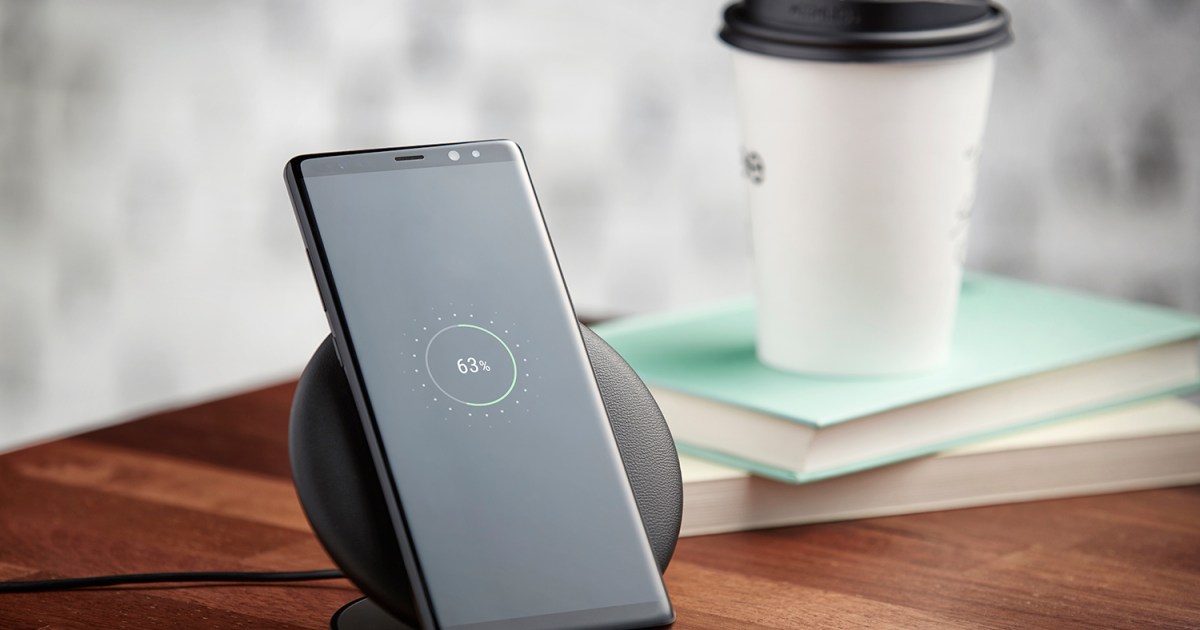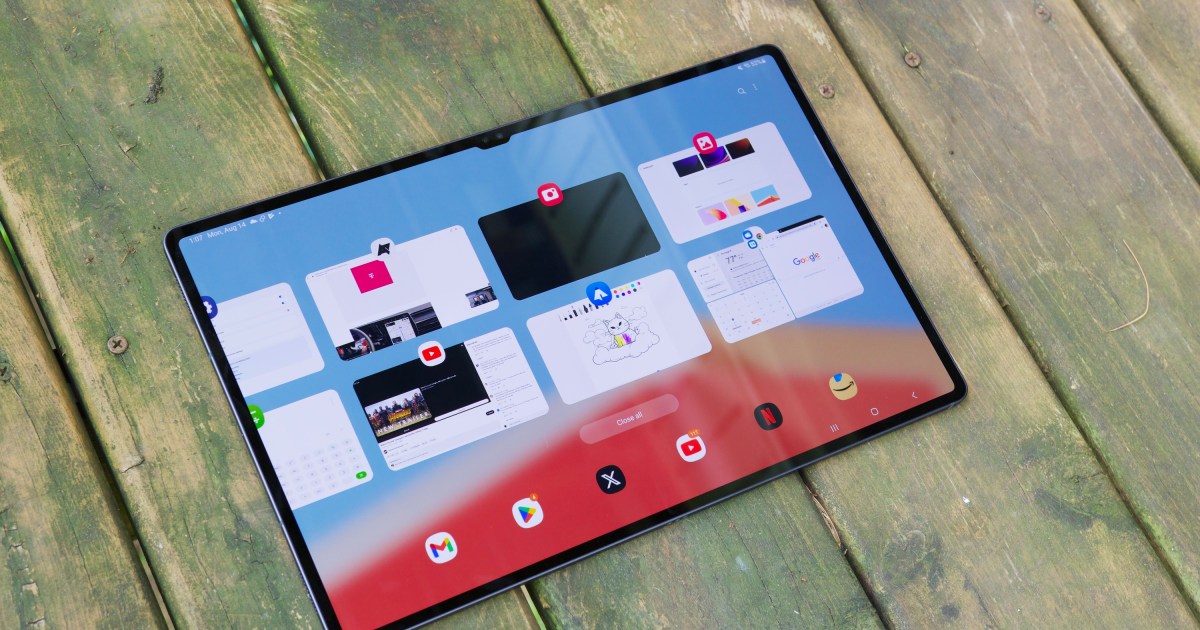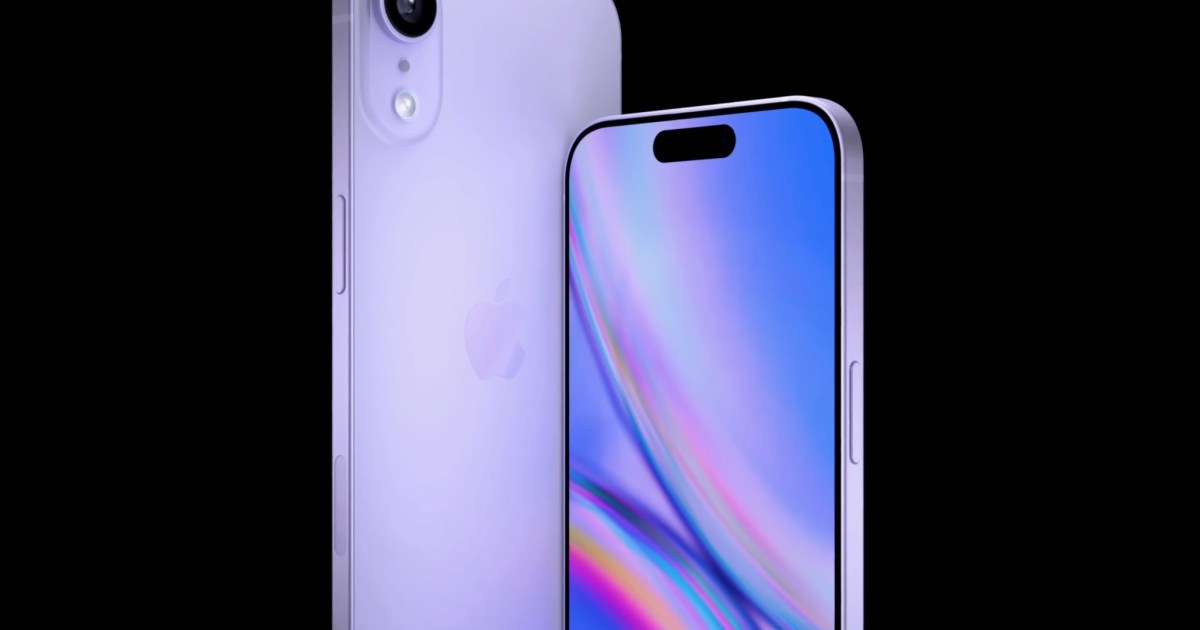A heart attack at 33 changed my life, revealing a chronic condition: type 2 diabetes. Managing it effectively has been a journey, and continuous glucose monitors (CGMs) have played a pivotal role. The over-the-counter availability of CGMs like the Dexcom Stelo and Abbott Lingo is revolutionary, but is it truly a catch-free miracle? After two weeks with the Dexcom Stelo, my verdict is: it’s incredible for those curious about their glucose levels, but less ideal for seasoned diabetics, particularly those familiar with previous Dexcom products.
Why? Let’s delve in.
The Power of CGMs: Context is Key
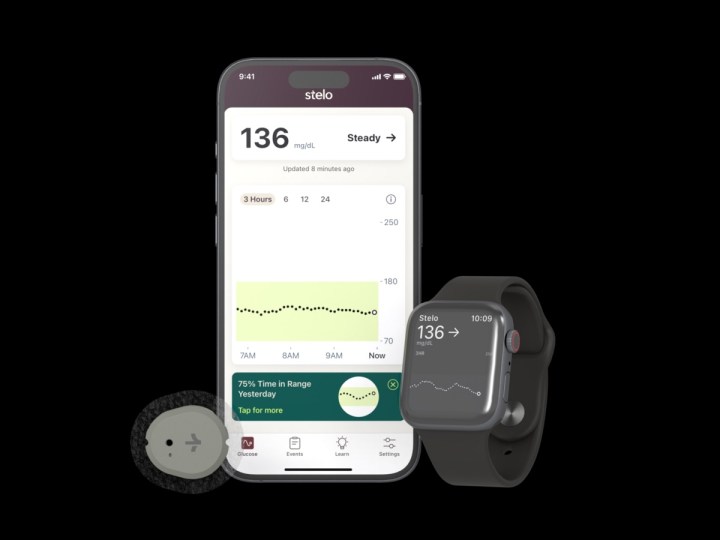 The Dexcom Stelo, its app and an Apple Watch
The Dexcom Stelo, its app and an Apple Watch
While finger-stick tests offer a snapshot of blood sugar at a specific moment, they lack crucial context. They can’t tell you if your glucose is rising or falling, or what happened overnight. Early in my diabetes journey, this lack of context led to adjustments based on outdated information, hindering effective management. CGMs offer continuous monitoring, providing dynamic insights into glucose fluctuations.
My first few months relying solely on finger sticks highlighted the need for more comprehensive data, prompting me to explore alternative tracking methods like CGMs.
My CGM Journey: From Libre to Dexcom G7
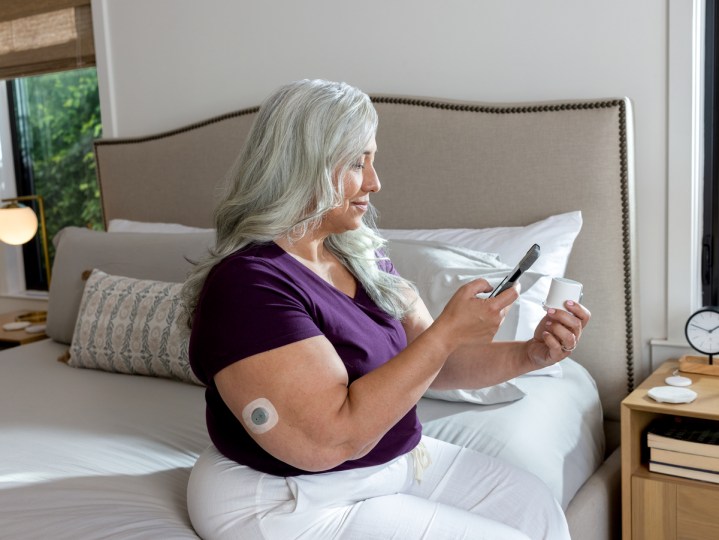 Some sitting upright on the edge of a bed using the Dexcom Stelo app on their phone
Some sitting upright on the edge of a bed using the Dexcom Stelo app on their phone
My CGM journey began with the Freestyle Libre series (14-day, 2, and 3), before transitioning to the game-changing Dexcom G7. Having experienced five different CGMs, I’ve identified the key data points for long-term diabetes management. While the Dexcom Stelo and Abbott Lingo provide most of this information, certain missing elements make a significant difference, especially for experienced users. However, for most people, these over-the-counter CGMs offer transformative insights into their glucose levels.
Dexcom Stelo: A Great Entry Point for Most
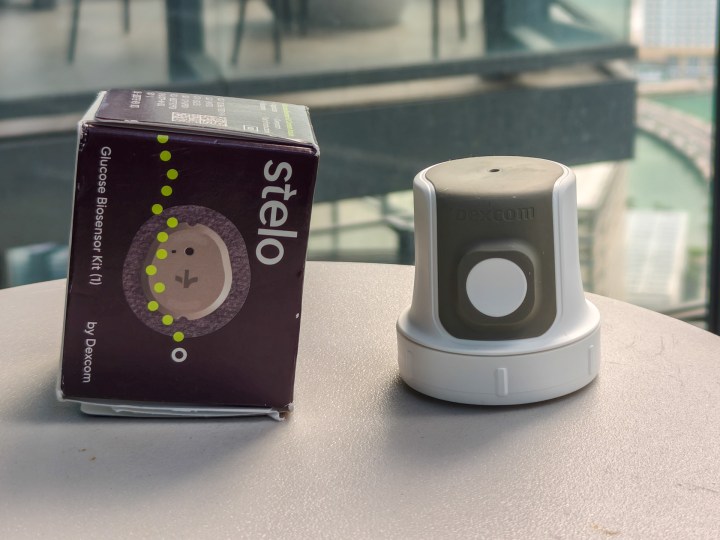 Dexcom Stelo box and applicator on a table
Dexcom Stelo box and applicator on a table
The Dexcom Stelo essentially provides most Dexcom G7 features at a lower price, without a prescription. Using similar hardware and applicator, the key differentiators are software, packaging, and materials. It’s the best of the G7, more accessible and affordable.
Crucially, it bypasses the often-complex process of obtaining a CGM through insurance. This simplifies access for those who may not qualify under their health plan or for frequent travelers who need to purchase sensors on the go. The Stelo app, virtually identical to the G7 app, offers real-time glucose data, trend analysis, historical data, and valuable insights. These insights, however, are both a strength and a weakness compared to the G7.
Dexcom G7 vs. Stelo: Key Differences
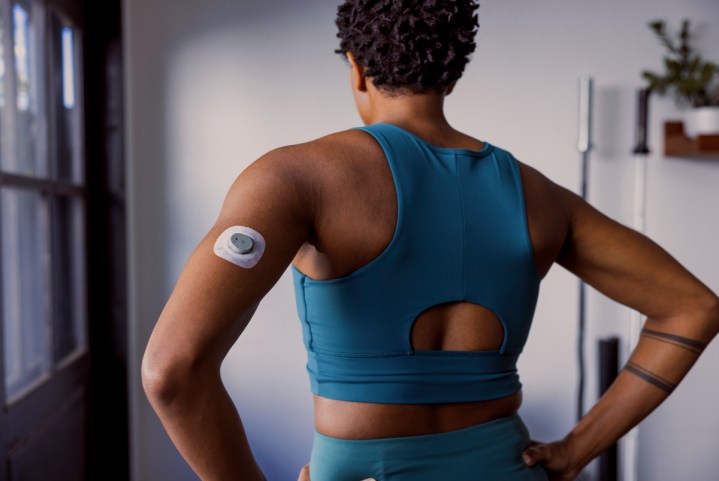 The Dexcom Stelo on the back of the arm of someone working out
The Dexcom Stelo on the back of the arm of someone working out
The Dexcom Stelo is designed for user-friendliness, offering helpful insights into nutrition and glucose management. However, this comes at the cost of certain features I rely on. For instance, while the G7 tracks glucose spikes up to 400 mg/dl or higher, the Stelo is capped at 250 mg/dl. This limitation, while inconsequential for most, doesn’t accommodate my specific needs.
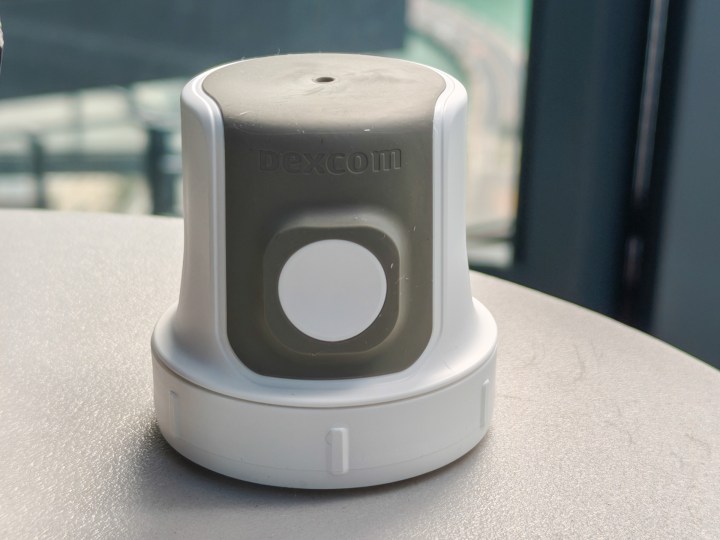 Dexcom Stelo applicator
Dexcom Stelo applicator
The Stelo also lacks customizable target ranges, offering only two preset options. While these align with general guidelines, the G7’s flexibility is invaluable for individuals with fluctuating glucose levels. The Stelo also omits urgent high/low alerts (crucial for overnight hypoglycemia), numerical alerts (requiring app access), the iOS home screen widget, and direct Apple Watch syncing.
Dexcom Stelo: Ideal for Most, Not All Diabetics
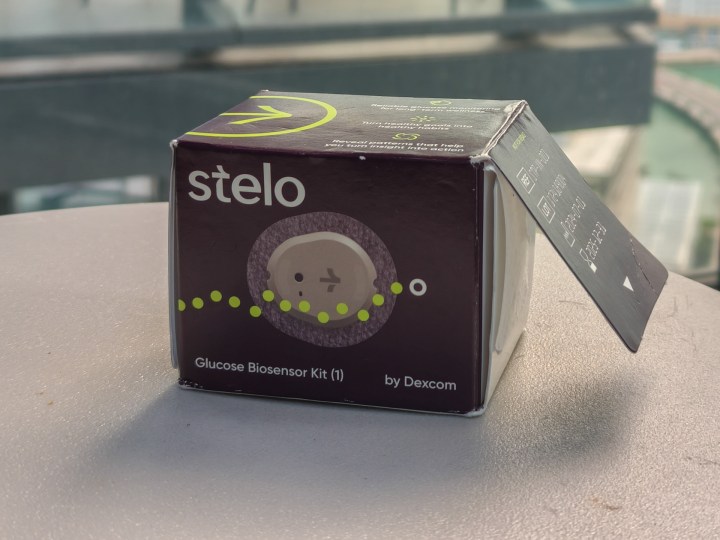 Dexcom Stelo box
Dexcom Stelo box
The Dexcom Stelo’s appeal extends beyond its affordability. It provides valuable educational resources on diabetes and glucose control, making it an excellent entry point into the world of glucose monitoring. Its consistent terminology across Dexcom products simplifies transitioning between devices, unlike the Abbott Lingo. The upcoming integration with the Oura Ring 4 promises even more holistic health insights. Whether you choose the Stelo or the G7, there’s never been a better time to embrace glucose monitoring, and Dexcom remains a highly recommended choice.



